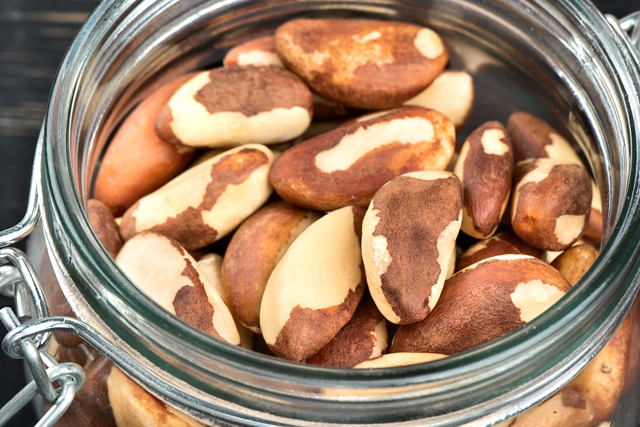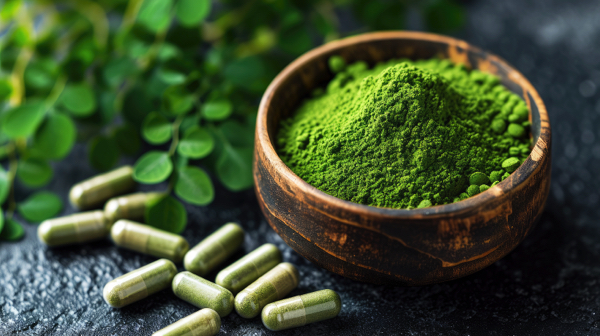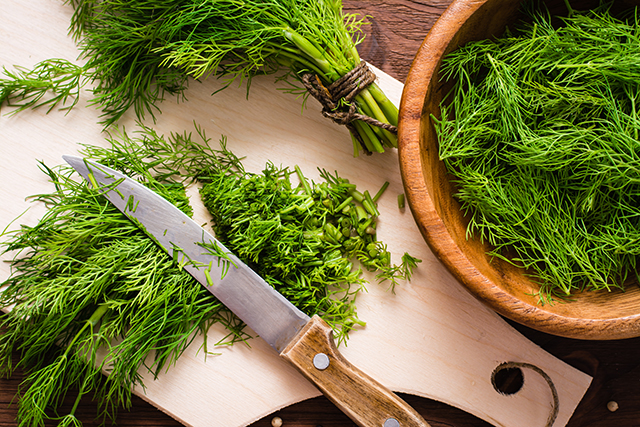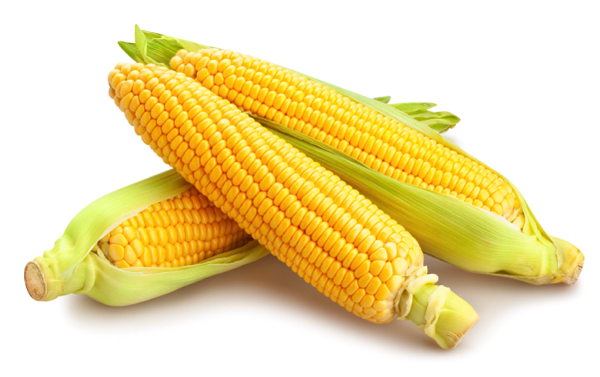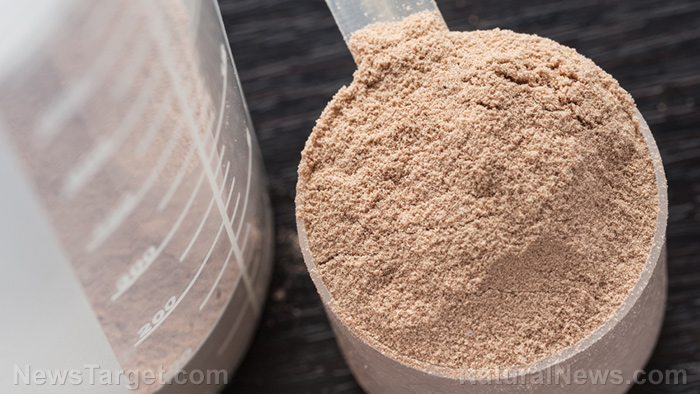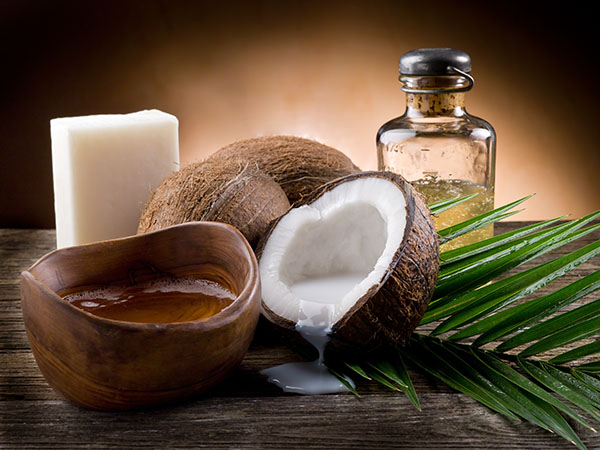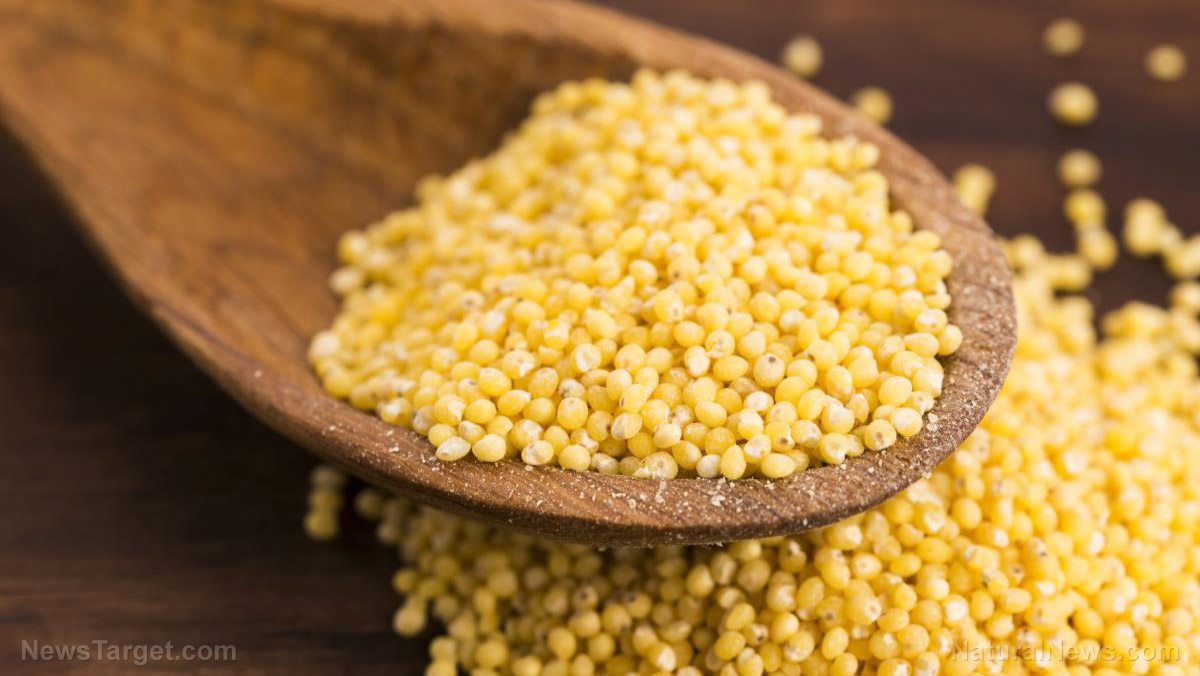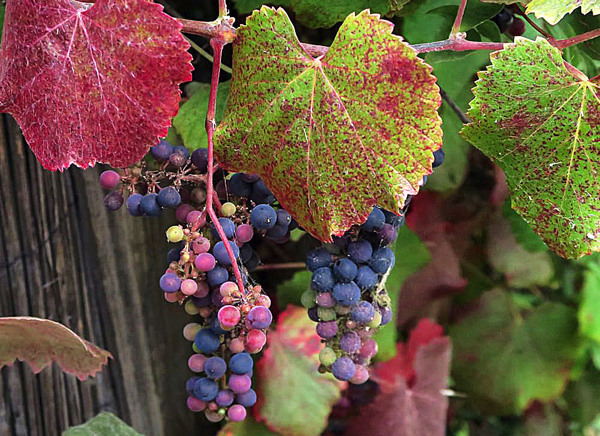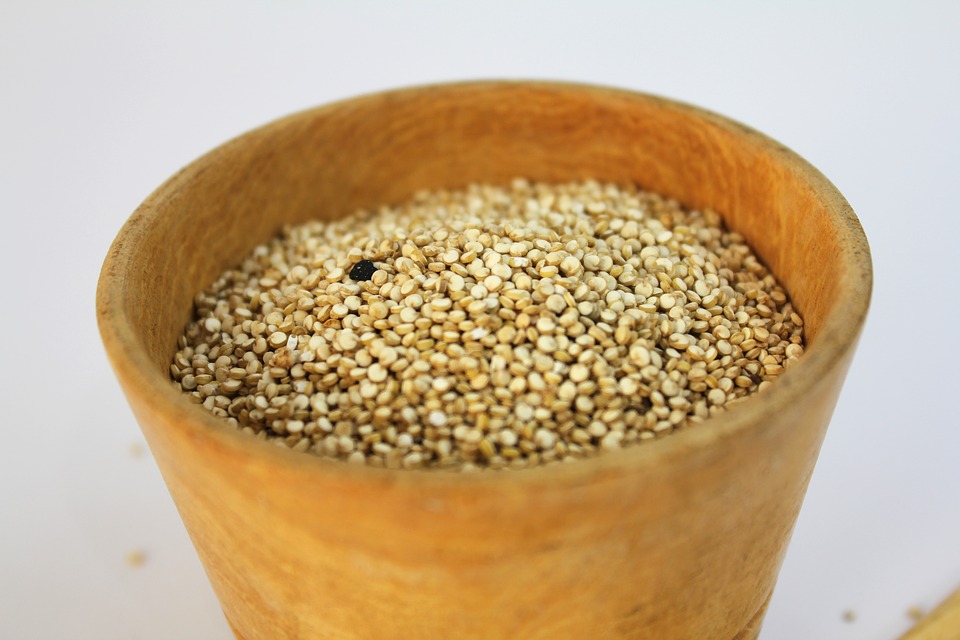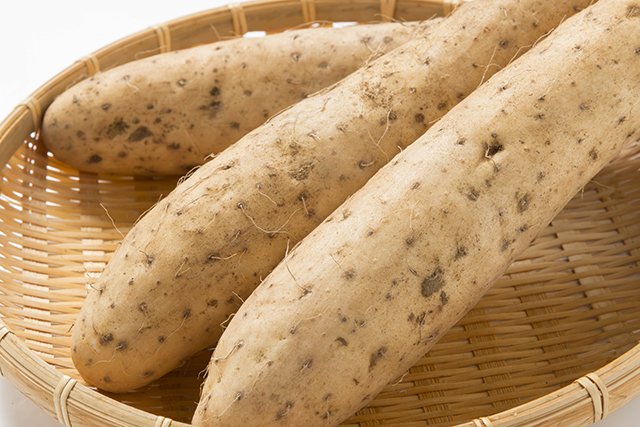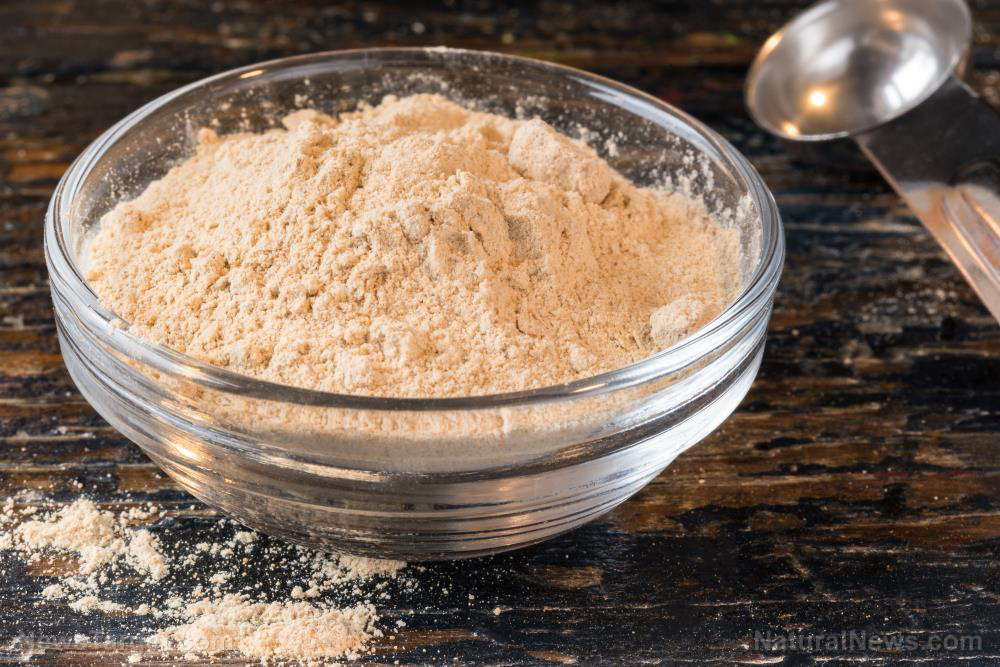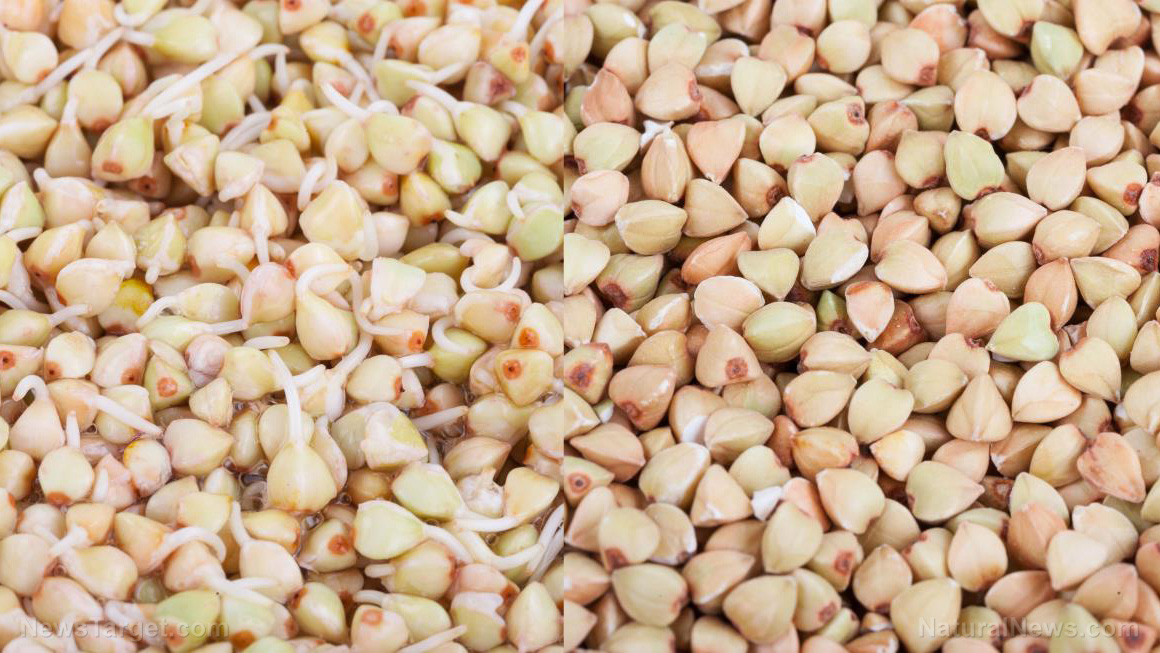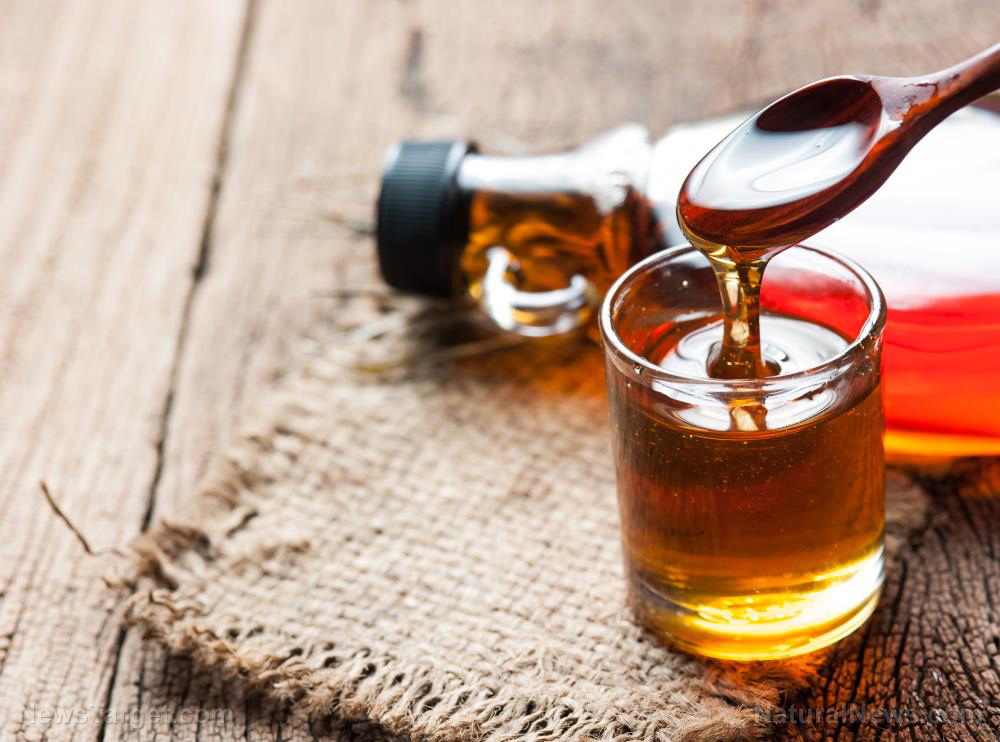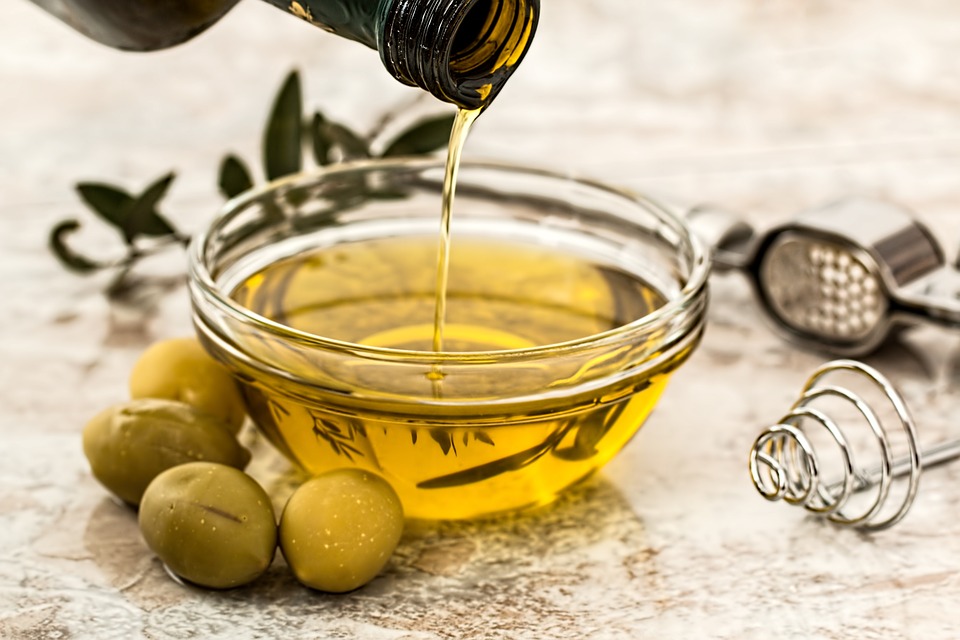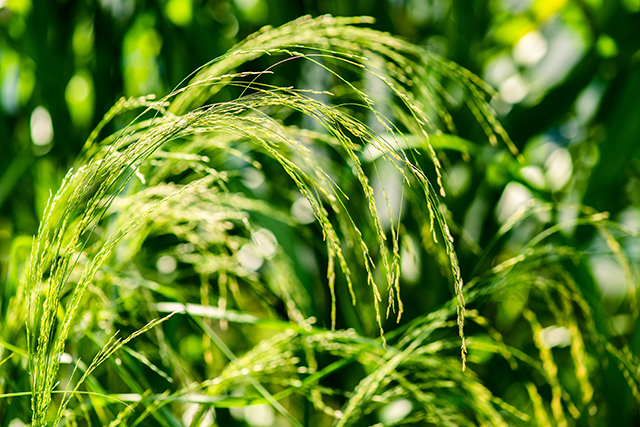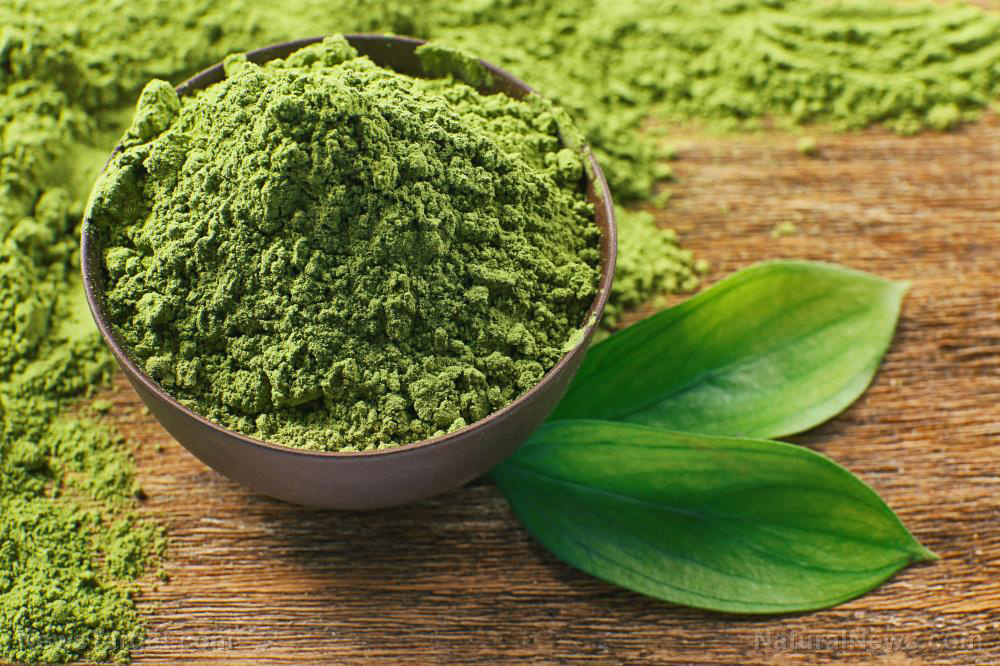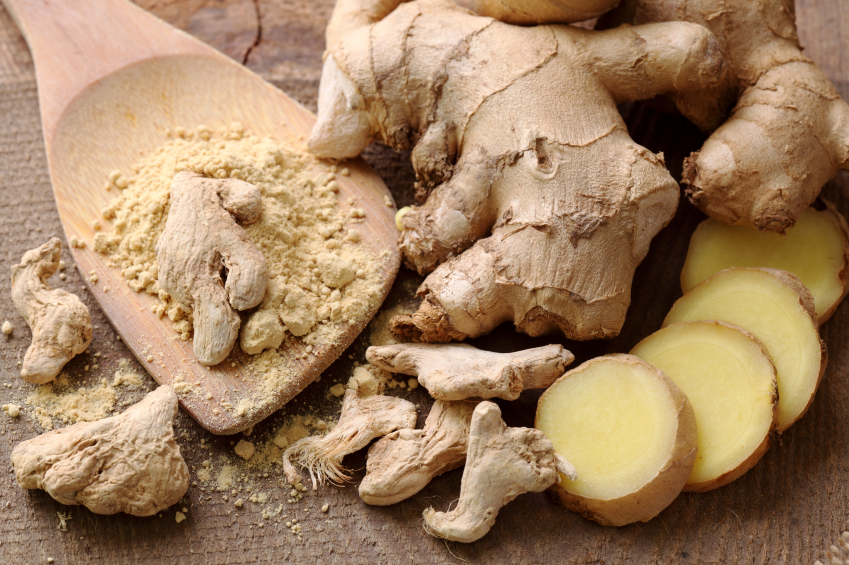Rye: The forgotten supergrain that can upgrade your diet
04/28/2025 / By Laura Harris
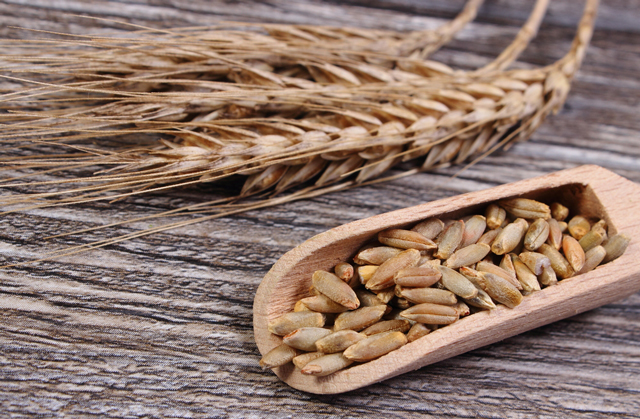
- Rye has been cultivated for nearly 2,000 years, thriving in cold, wet climates (e.g., Eastern Europe and Scandinavia) where other grains struggle.
- Packed with fiber, B vitamins (B1, B2, B3, B6, folate), minerals (iron, magnesium, zinc) and antioxidants, rye supports healthy digestion, metabolism and blood sugar control.
- Lower in gluten than wheat but unsuitable for individuals with celiac disease, rye’s high fiber content promotes satiety and weight loss and supports gut health.
- Rye can be used to make bread, crackers, porridge, fermented beverages, whiskey and baked goods for a robust, earthy flavor.
- Eating rye may cause bloating in sensitive individuals due to FODMAPs. Choosing organic rye is better for you to avoid harmful pesticides.
In the vast world of whole grains, rye (Secale cereale) stands out as a hardy, nutrient-dense cereal grain whose cultivation can be traced back nearly 2000 years. Unlike wheat or barley, rye thrives in colder, harsher climates, making it a staple in Northern and Eastern European diets. But beyond its robust flavor and culinary versatility, rye boasts an impressive nutritional profile that makes it a true superfood.
Brief history of rye
Rye is believed to have originated in Turkey and surrounding regions, where it grew as a weed among wheat and barley fields. Farmers in Eastern Europe and Scandinavia later cultivated it as a primary grain due to its resilience in poor soil and cold climates. By the Middle Ages, rye had become a critical food source in regions where other grains struggled.
Unlike refined grains, traditional rye retains its bran and germ, making it a nutrient-dense whole grain that’s packed with fiber, vitamins and minerals that support healthy digestion, metabolism and long-term health.
Nutritional benefits of rye
Rye is a powerhouse of essential nutrients, including:
Fiber
Rye contains both soluble and insoluble fiber, which can promote gut health and prevent constipation. The lignans (a type of fiber) in rye act as prebiotics, feeding beneficial gut bacteria. Because fiber slows digestion, rye helps stabilize blood sugar and reduce cravings, making it ideal for weight management. (Related: Whole grain rye shown to boost gut health.)
B vitamins
Vitamins B1, B2, B3 and B6 support energy metabolism while vitamins B9 and B12 in fermented rye products can aid red blood cell production.
Minerals
Rye is rich in minerals like magnesium for nerve and muscle function, iron for oxygen transport, zinc for immune support, and selenium for antioxidant defense.
Antioxidants
Rye contains phenolic acids and alkylresorcinols, which can help reduce inflammation and lower the risk of chronic diseases like heart disease and cancer.
Rye is overwhelmingly beneficial for most people, offering a nutritious and flavorful addition to a healthy diet. Unlike refined wheat, rye also causes a slower rise in blood sugar, making it a better choice for diabetics and insulin-resistant individuals.
However, there are some considerations to keep in mind.
Rye contains secalin, a gluten protein, making it unsuitable for individuals with celiac disease or severe gluten intolerance. Some fermentable fibers (FODMAPs) in rye may also cause bloating or digestive discomfort in sensitive individuals, though these fibers are generally beneficial for gut health.
For people without gluten-related issues, rye is a superior choice compared to refined wheat due to its denser nutrient profile, lower gluten content and distinctive earthy taste. Its unique qualities, such as being richer in fiber and micronutrients, make it a valuable grain for those who can tolerate it.
Why choose organic rye
Rye generally contains fewer pesticides than wheat, though glyphosate, a known carcinogen, has been found in some non-organic crops. Choosing organic rye can help minimize your exposure to synthetic pesticides while promoting sustainable farming practices. Additionally, like other crops, rye can absorb heavy metals such as cadmium and lead from the soil, though contamination levels are typically low.
Sprouting rye or fermenting it to make sourdough may help reduce rye’s heavy metal content. For the safest option, opt for organic rye or rye grown in Europe or Scandinavia, where stricter agricultural regulations ensure lower contamination risks.
Culinary uses
Rye’s rich, slightly tangy flavor makes it a staple in many traditional and modern dishes. Here’s how to include it in your diet:
Bread and crackers
- Classic rye bread (German Roggenbrot, Jewish rye)
- Sourdough rye (fermented for better digestion)
- Crispbreads (Swedish Knäckebröd)
Porridges and hot cereals
- Rye berries (cooked like rice or barley)
- Rye flakes (a quick oatmeal alternative)
Fermented foods
- Kvass (a traditional Eastern European fermented drink)
Whiskey and spirits
- Rye whiskey is famed for its spicy, bold flavor
Baking and desserts
- Rye flour in pancakes, muffins and cookies (adds depth and fiber)
This story is not medical advice and is not intended to treat or cure any disease. Always consult with a qualified naturopathic physician for personalized advice about your specific health situation or concern.
Learn more about the health benefits of superfoods like rye and other natural ingredients at NaturalNews.com, your trusted source for wellness insights and nutritional knowledge.
For cutting-edge tools to expand your understanding of natural health, try Brighteon.ai, an innovative AI model created by Mike Adams, the Health Ranger. This free, downloadable tool is designed to decentralize knowledge, bypass censorship, and empower individuals with actionable information.
If you’re passionate about nutrition, natural medicine and uncensored discussions, visit Brighteon.com and a free speech video platform and join our vibrant communities on Brighteon.IO and Brighteon.social. Dive into open conversations about food, ingredients and holistic health today!
Watch this video to learn how to make a quick rye bread.
This video is from the PatchSDA channel on Brighteon.com.
More related stories:
Edamame farmers are using rye as a cover crop to reduce the use of herbicides.
Sources include:
Submit a correction >>
Tagged Under:
antioxidants, food science, functional food, grocery, health science, ingredients, natural health, nutrients, nutrition, organics, rye, whole grain
This article may contain statements that reflect the opinion of the author
RECENT NEWS & ARTICLES
COPYRIGHT © 2017 TOP 10 GROCERY SECRETS

